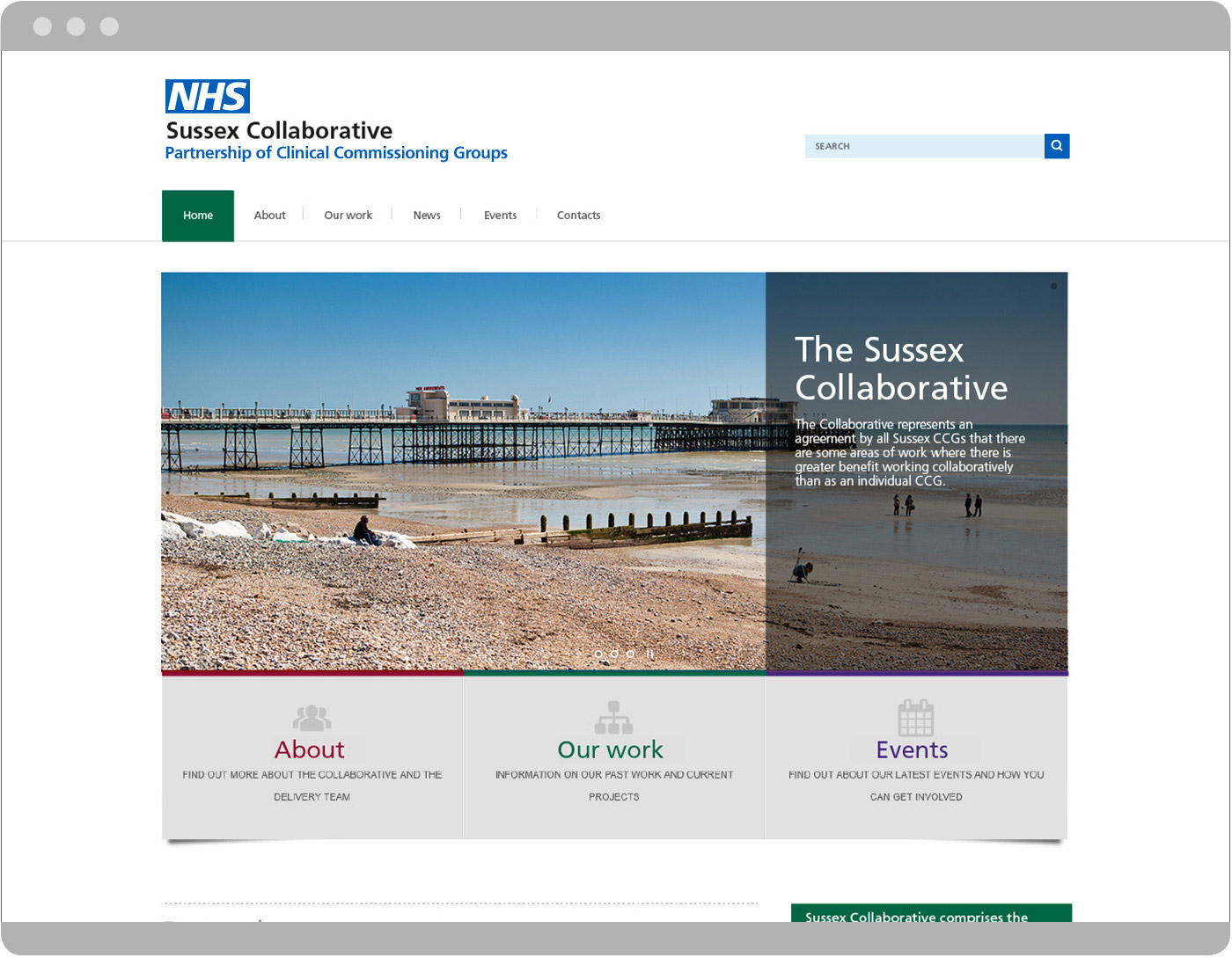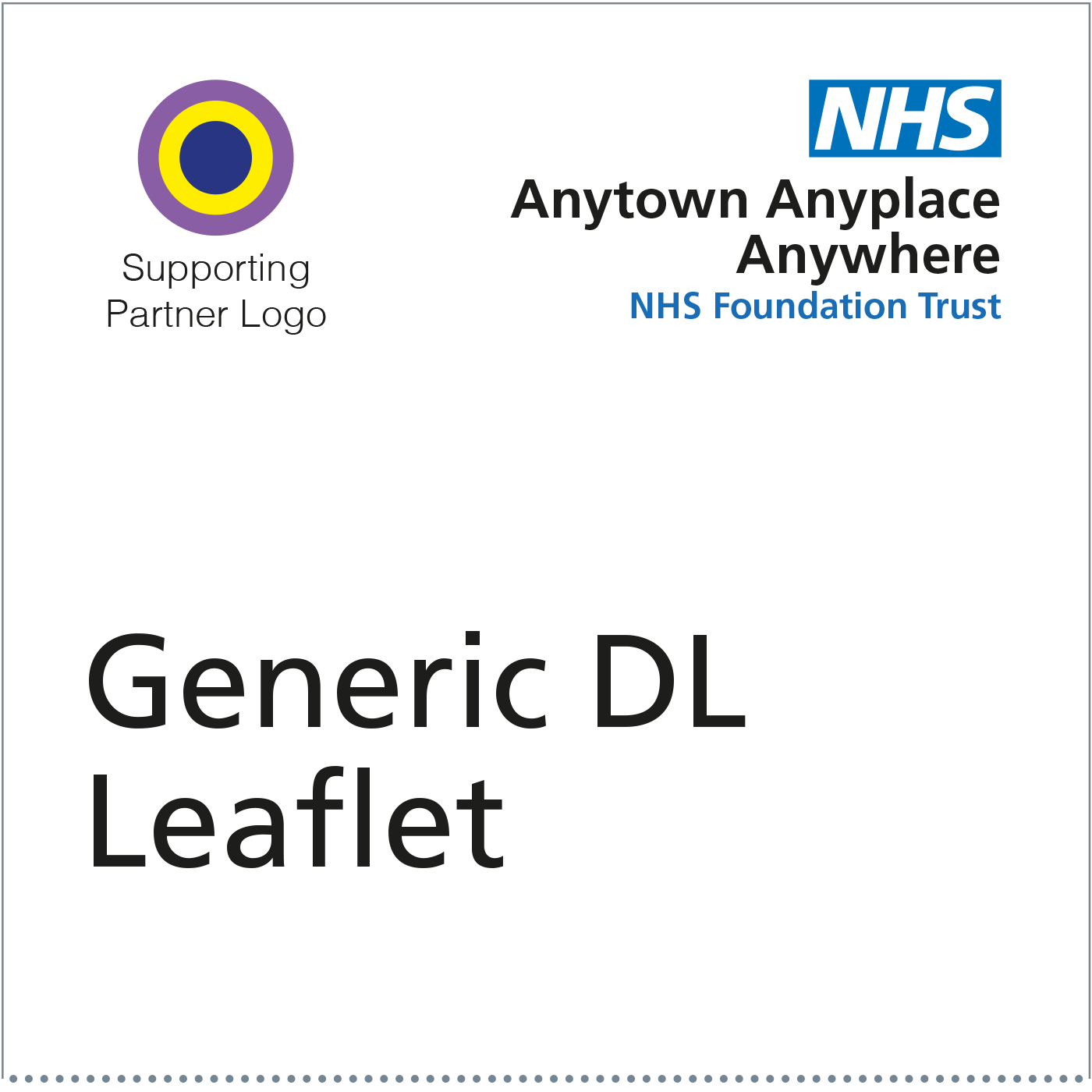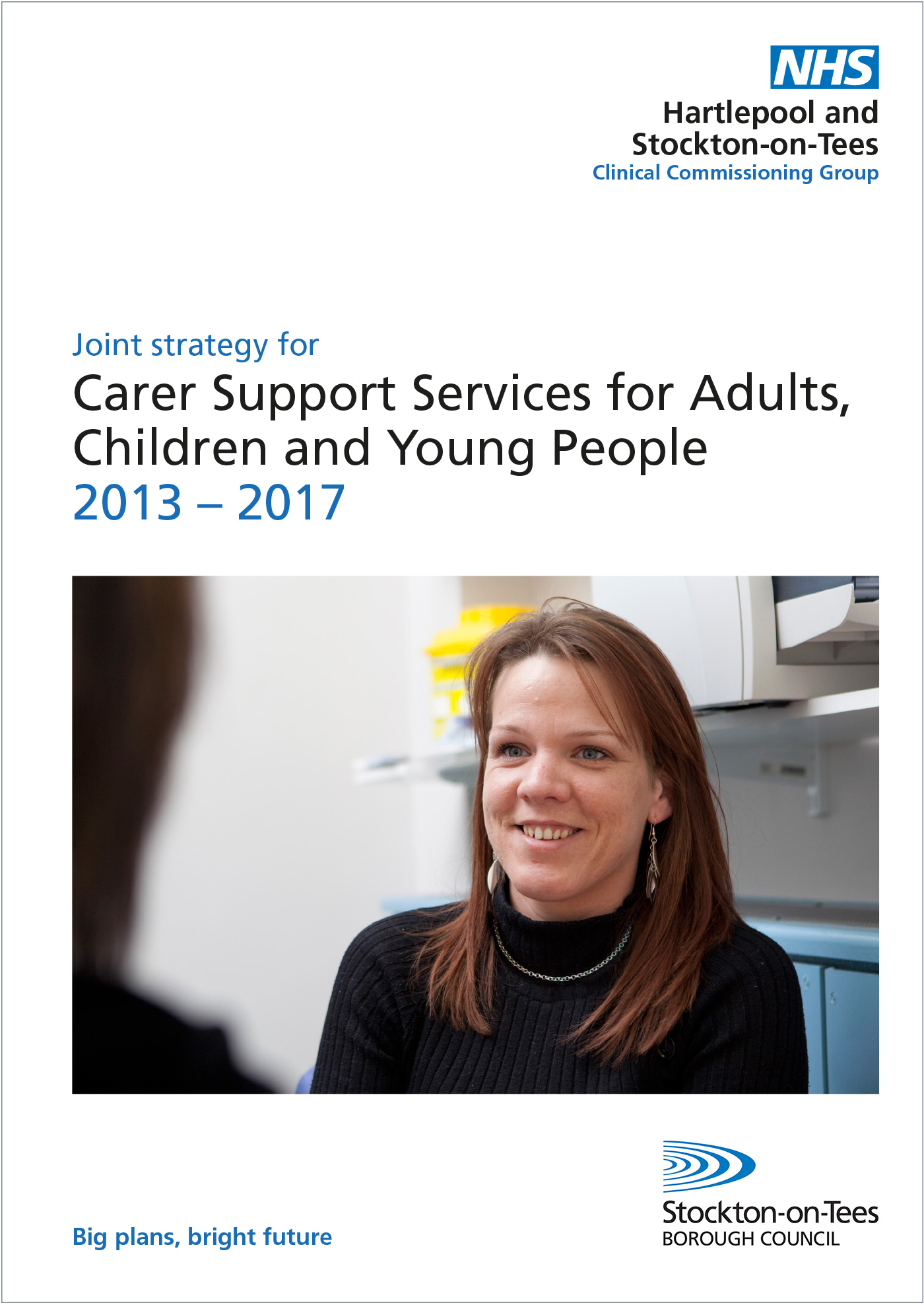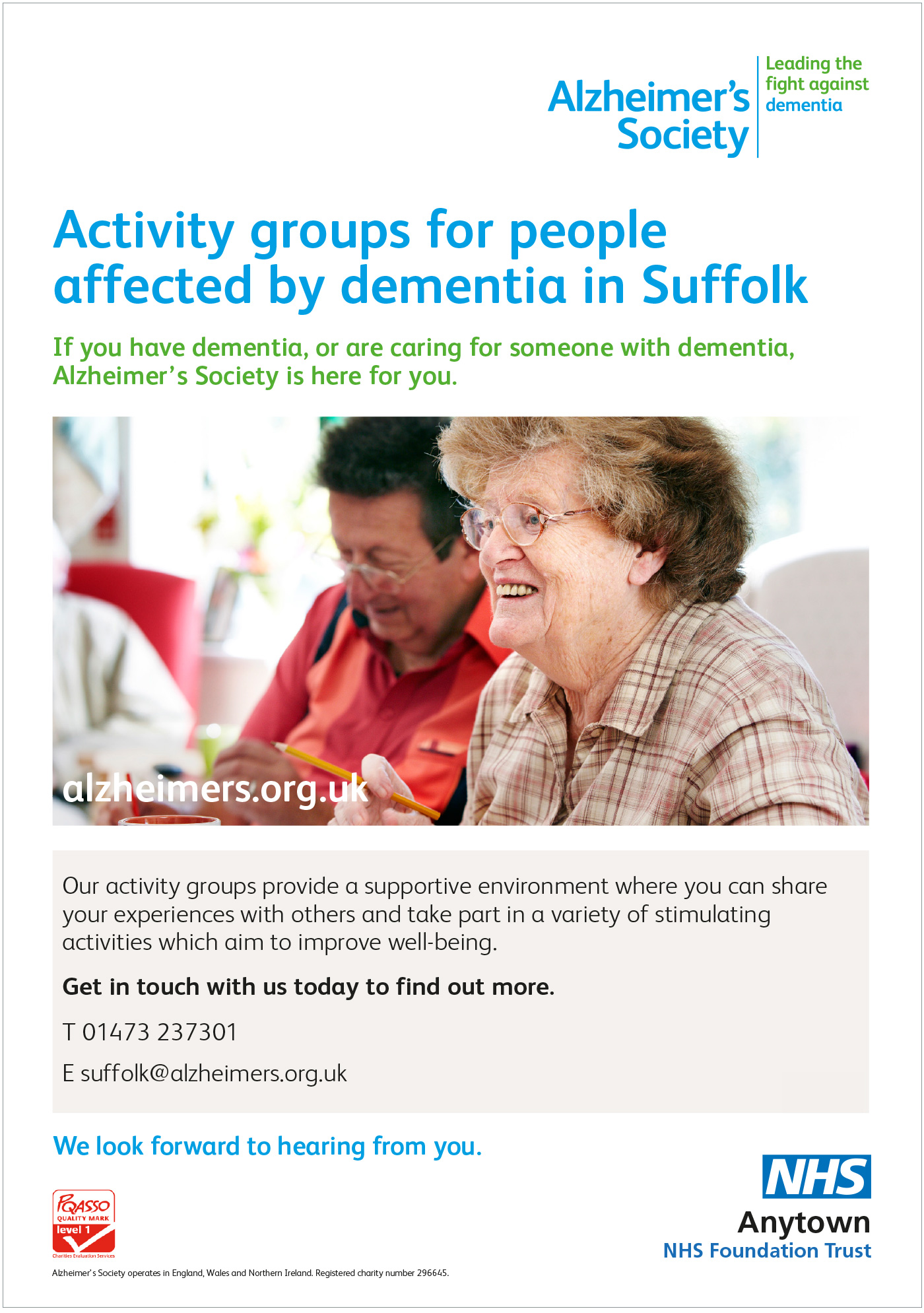Partnership branding
Partnerships will always be a challenging issue when it comes to branding as, in the majority of cases, either all the partners want their organisations to be visually represented or they want a new identity for the partnership. Both of these approaches can be confusing to patients, the public and stakeholders.
The right approach will depend upon the target audience for the communications and the make up of the partnership. Depending upon the situation, the following approaches apply:
NHS stakeholder partnerships
There should never be more than one NHS logo on a page. Multiple NHS logos dilute the strength and impact of the NHS Identity. Therefore, if a number of NHS organisations are working in partnership, a single NHS logo should be used and the names of the NHS organisations listed in text. These should be positioned outside the NHS logo exclusion area, preferably at the bottom of the page. The overall visual style should follow the NHS Identity guidelines.

If it’s a formal partnership of NHS organisations, you can create an NHS partnership logo. Please see the guidelines on the NHS partnership logo.

You must not create an alternative logo for an NHS partnership. This would suggest that the partnership is a separate organisation or legal entity in its own right and it also gives the impression that it is a private sector or non-NHS organisation. However, you can create a distinctive visual style for your partnership.
Stakeholder partnerships of NHS and non-NHS organisations, including vanguards
Where NHS and non-NHS organisations are working together on programmes of work which aren’t solely NHS (e.g. a vanguard which is funded by the NHS and the local authority), the positioning of the partners’ logos and the visual style used is as follows:
- If it is an equal partnership, the partners’ logos should appear in a line across the top of the page, with the NHS logo ideally placed top right. If there are a large number of partners, it may not be possible to fit all the logos on the front cover – it might look better to list them on the first page or back cover of the communication. A neutral visual style should be used, where neither the NHS nor the other partner organisations’ individual identities dominate.

- If the NHS organisation is the lead partner and the other organisations are supporting partners, the NHS organisation’s logo should be placed top right and the supporting partners’ logos should be placed along the bottom of the page. The visual style should follow the NHS Identity guidelines.

- Where a non-NHS organisation is the lead partner and the NHS organisation is the supporting partner, the lead partner’s logo should go at the top and their visual style should dominate. The NHS organisation’s logo should go bottom right.

Provider partnerships delivering NHS services
Where the NHS has commissioned a number of providers (either NHS or a mix of NHS and non-NHS) to deliver an NHS service, an NHS service logo should be used as this is simpler and clearer for patients.
Clinical trials in partnership with the NHS
Where the NHS is working in partnership with other organisations on clinical trials, an “in partnership with NHS” logo should be used, placed top right. Permission to use this logo must be sought from NHS England’s national communications team.